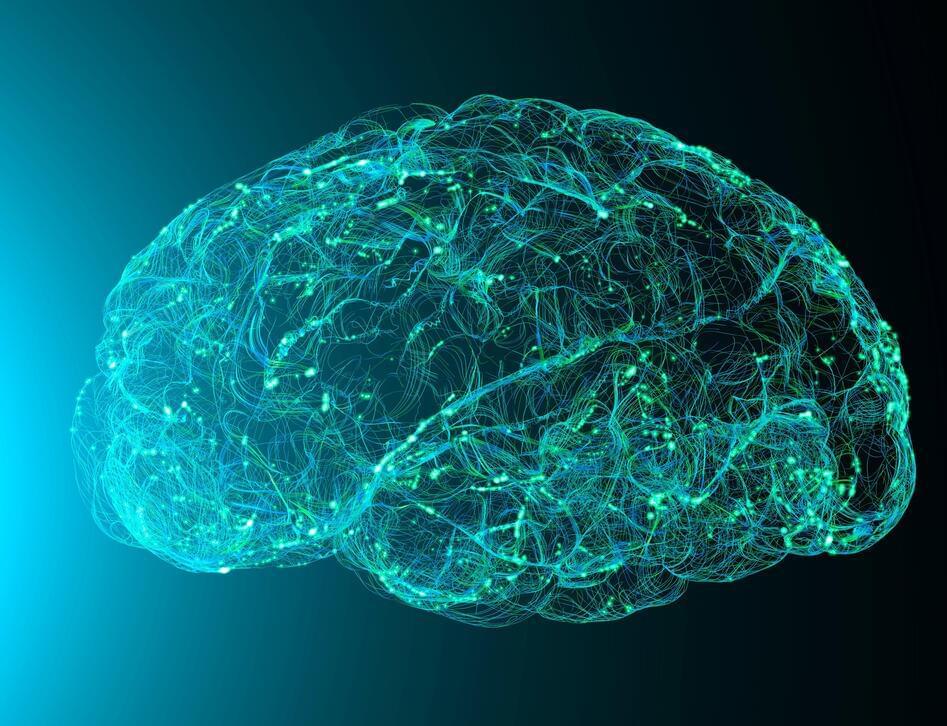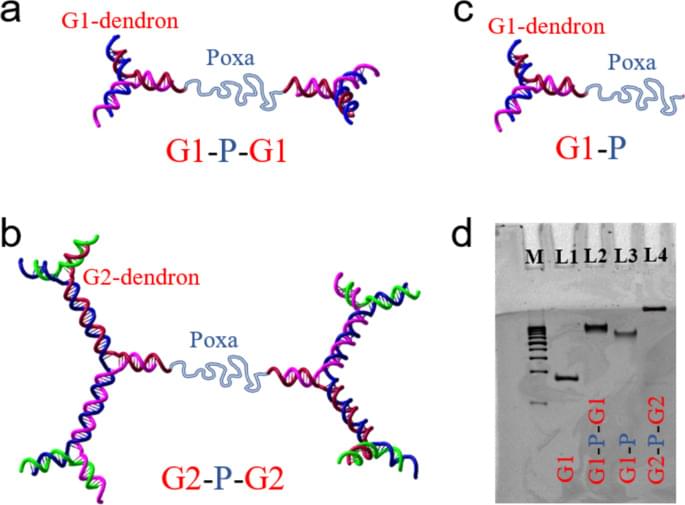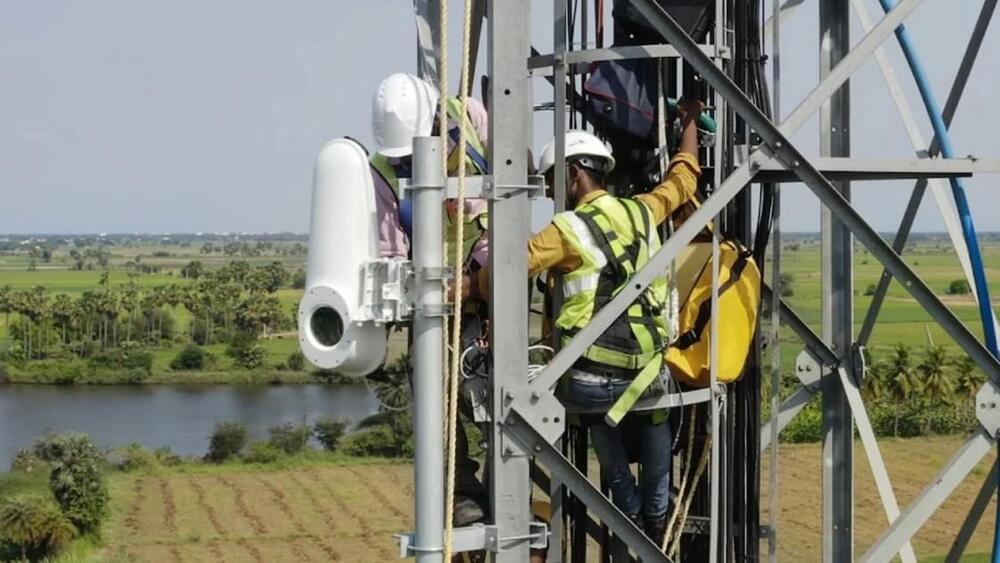The Russian government has blocked Tor privacy service in its latest move toward censorship.





A common solution is emerging in two different fields: developmental biology and neuroscience.
facebook Share on Facebook Share on Twitter Share via Email.

Experimental realization of cluster crystals-periodic structures with lattice sites occupied by several, overlapping building blocks, has been elusive. Here, the authors show the existence of well-controlled soft matter cluster crystals composed of a thermosensitive water-soluble polymer and nanometer-scale all-DNA dendrons.

If indirect detection searches are to be used to discriminate between dark matter particle models, it is crucial to understand the expected energy spectra of secondary particles such as neutrinos, charged antiparticles and gamma-rays emerging from dark matter annihilations in the local Universe. In this work we study the effect that both the choice of event generator and the polarisation of the final state particles can have on these predictions. For a variety of annihilation channels and dark matter masses, we compare yields obtained with Pythia8 and Herwig7 of all of the aforementioned secondary particle species. We investigate how polarised final states can change these results and do an extensive study of how the polarisation can impact the expected flux of neutrinos from dark matter annihilations in the centre of the Sun.

NASA’s Ingenuity craft was originally planned to operate only 30 Martian days.

NEW ORLEANS, La. — The rollout of the fully-stacked Artemis I Space Launch System (SLS) vehicle, from Kennedy Space Center’s (KSC’s) Vehicle Assembly Building (VAB), has been scheduled to occur by the end of the year. However, SpaceFlight Insider previously reported that the rollout may be delayed. On Dec. 7, 2021, while speaking at the Michoud Assembly Facility (MAF), NASA Administrator Bill Nelson confirmed the delay by stating, It’s going to have it’s rollout to the pad in January.
In addition, other news outlets have reported on an issue that may be driving the delay — a problem with with the engine controller on one, of four, core stage RS-25 engines.
The Artemis I RS-25’s are previously-flown Space Shuttle Main Engines (SSME’s). However, the controllers, or “brains,” for the engines have been updated for use on Artemis SLS flights.

DTE Energy’s Fermi 2 nuclear power plant in Newport is gradually reducing its power level in anticipation of its next refueling outage.
DTE Nuclear Communications Supervisor Stephen Tait said in a statement to the Monroe News that operators “will allow our plant to slowly and safely reduce in power level, an action called a ‘coast down,’ until the start of the refueling outage, which is scheduled for February 2022.”
Fermi 2, which is nearing the end of its 21st operating cycle, operated at 93 percent power Thursday.